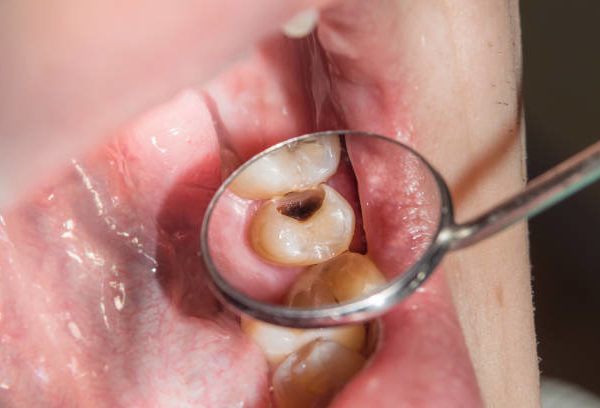Whether you were born with an uneven tooth alignment, large gaps between your teeth, discoloration and chips or cracks, lumineers may be the solution to your dental deformities.
Lumineers are the advanced version of porcelain dental veneers. Anyone considering undergoing a lumineer procedure should understand what dental veneers are.
Dental veneers, sometimes referred to as porcelain veneers or laminates, are thin laminates that are carefully adhered to the front of the teeth to correct spacing, discoloration, uneven teeth and other blemishes. Often made out of tooth-colored material- composite resin and porcelain- these shells are designed to solve almost all of your cosmetic dental issues, including dullness, discoloration, wear, extensive chipping, cracking, spacing or misaligned teeth. Porcelain dental veneers are more preferred than resin veneers because of their durability, lasting for many years.
Lumineers are the latest form of porcelain veneers. What distinguishes lumineers from the traditional laboratory-fabricated porcelain veneers is that the former type is much thinner (typically 0.3 millimeters thick) than the latter one (typically about 0.5 millimeters thick).
In contrast to traditional veneers, these ultra-thin lumineers can be fitted easily without or sometimes very little tooth preparation. In other words, a dentist does not require grinding, cutting or filing down the sensitive tooth structure to bond the lumineers over your natural teeth, and that means no pain at all.
Whether your teeth are stained, crooked or misshapen- even if you’re having crowns or bridgework fitted, lumineers can create pain-free permanent smiles without dreaded injections or grinding.
Bonded to the facial (front) surface of the teeth, lumineers can effectively address several dental issues, including:
Chipped, fractured or worn-down teeth
Fanged or pointy teeth
Slightly stained teeth
Unevenly spaced and slightly misaligned teeth
Slightly crowded teeth
Small teeth
Pros
Lumineerr are applied in a fast and non-invasive procedure. They can be installed in two easy visits. The entire process, including taking the mold and getting the finished veneers back from the lab, can be completed in two weeks or less.
You don’t have to endure lengthy, uncomfortable procedures to get the smile makeover.
Unlike the traditional veneers procedure, lumineers don’t require shots or grinding down the existing tooth structure.
Lumineers are completely reversible, since your natural tooth structure is left intact.
This form of veneers is so versatile that they can be applied seamlessly on top of your existing crowns or bridgework, without the need to replace them.
Made of an ultra-thin, translucent material, lumineers are extremely thin like a contact lens, making it easier for your dentist to place them on your teeth. They are also known for their strength and longevity, lasting for over two decades with no special maintenance required.
Cons
As with most cosmetic dentistry treatments, lumineers do have some drawbacks. Since they are very thin, it may be harder for these laminates to mask heavily stained teeth.
Since lumineers do not require any tooth reduction and cover the original tooth surface, your tooth becomes thicker, oversized and/or over contoured. The over contoured and bulky teeth can affect your speech and biting habits. You may also feel inconvenient as you position your lips over your teeth or move them across.
Also, you may find it more difficult to clean your gum line, which may make you prone to tooth decay and gum disease.
Cost
Lumineers tend to be costlier than traditional veneers as they are manufactured by special material which is not commonly available and produced n specialized laboratories. The other factors that may influence the cost include the expertise of the dentist that fits them, location of dental office, and how many shells you get at one time. Prices may also vary greatly between dental clinics in the same region.




